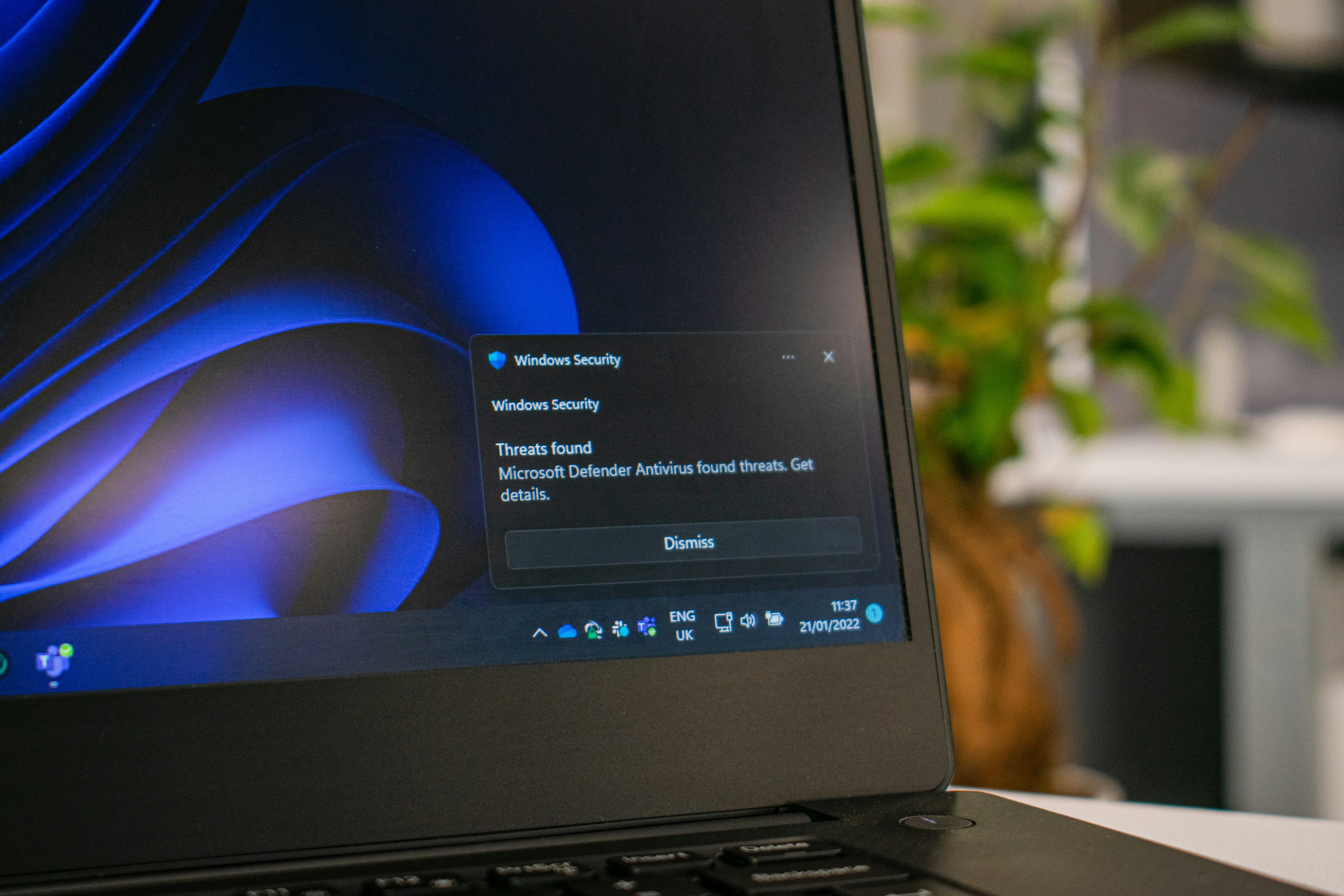We are seeing more and more resellers make the move to manage their customers’ mobile requirements, where in the past they would look to hand over to a friendly local mobile dealer or reseller to manage.
To support them to make the mobile plunge, accessing competitive mobile tariffs is just the tip of the iceberg. Being able to work with a supplier to not only help train their teams on the mobile sales, provisioning and operational processes, but also to assist them to start building their mobile business, is key.

Rob Downes, Head of Solution Sales
This could be assisting them with face-to-face meetings, completing proposals, provisioning orders and even helping to incentivise their teams so they have the confidence to uncover mobile opportunities.
We are also seeing a great shift towards SIM-only contracts as customers are becoming used to managing hardware separately.
Gone are the days of the ‘Free iPhone’ on upgrade every year. The mobile networks have helped accelerate this in the B2B market by shifting the end users buying process of selecting a tariff and then a phone, in the consumer market.
This helps resellers to focus customers on making sure they have the right tariff and understanding the value that the reseller can bring to support them in managing their usage over the contractual period. The hardware then becomes the secondary part of the discussion.
Enhanced end customer portals are also a key requirement for partners and we will continue to develop this area to enable them to provide the tools their customers desire.
This can be a challenge with the limited and accurate information that can come from some of the networks, but as this becomes available then we want to make sure that this can be filtered through to partners and their customers.
We are seeing more of our traditional telecom partners transacting mobile and have seen a 30 per cent increase in the number of partners that sold mobile in 2019 compared to 2018.
We are only expecting this to continue to increase through 2020 as more resellers are understanding the importance of mobility and the revenue available from not only the traditional voice and data tariffs, but also from MDM, HaaS and other value adds.
As unlimited data plan sales increased in 2019 we saw a bump up in ARPU. We expect this to be the same in 2020 as customers look to upgrade tariffs to fit their increased mobile data requirements.
A key focus area has been the increased development of end user mobility portals. In the past the channel has been very active in developing portals to support the reseller so they have the controls to manage their customers. We are seeing an increased demand from end users who are wanting access to portals, so they have the flexibility to manage their own mobile estates.
Mobility hardware leasing seems to be on the increase as finance options are becoming far more end user process friendly and financially competitive.
For resellers new to mobile, targeting their existing customers is an obvious starting point, and introducing cross over products, such as UC mobile apps, can help initiate the mobility discussion and open up a new revenue stream with their customer.
If resellers don’t offer mobility, then they will be leaving the door wide open for other resellers to provide a full UC solution to the customer.
End users are becoming far more knowledgeable about the technology that is available, so it is increasingly important for resellers to be able to help support their customers with their future comms & IT strategy.
Is 5G important?
There are two elements to this, depending on how we define ‘mobile’.
If we’re looking at ‘mobile’ from a connectivity point of view, then yes, 5G is absolutely crucial.
It will provide the bandwidth required for a rich UC solution to be accessible from everywhere, blurring the lines between fixed and mobile connectivity to the point where the end-user neither knows or cares how they’re connected.
If we’re talking about ‘mobile’ devices, hybrid devices such as Microsoft’s Surface range or the iPad Pro, we are seeing becoming the workplace device of choice alongside the traditional smartphone.
We’re well on our way to that scenario already, with many of us not having used a desktop phone at work or home for years.
This timescale over which this occurs will be primarily driven by user demand. The ethos of UC and collaboration is to make the end user more productive and efficient, using whichever device works best for the individual.
As more of the workforce becomes made up of people who have grown up only knowing smartphones, the demand for a traditional desktop handset will disappear.
.png)

